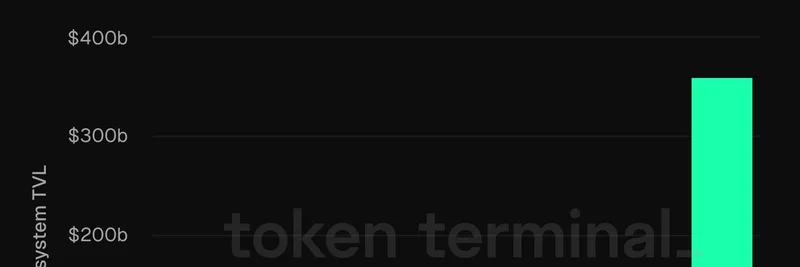Hey there, Meme Insider readers! If you’ve been scrolling through X lately, you might have stumbled across a fascinating thread from Kyle (@0xkyle__) that’s got everyone buzzing. On July 8, 2025, Kyle dropped a bold new idea called the "Gen-Z Thesis," a broad-stroke theory that tries to capture the essence of how Generation Z approaches life, money, and the digital world. Let’s break it down together and see what it means—especially for those of us in the meme token and blockchain space!
What’s the Gen-Z Thesis All About?
At its core, the Gen-Z Thesis is Kyle’s attempt to define the unique traits driving Gen-Z behavior. He highlights five key elements:
Hypergambling: This isn’t your grandma’s casino trip. Hypergambling refers to the way Gen-Z dives into high-risk, high-reward activities—think crypto trading, NFT flips, or even betting on meme tokens. According to Wikipedia’s definition of gambling, it involves wagering something valuable on a random outcome, and Gen-Z seems to thrive on that thrill.
Internet Capital Markets: Kyle points to a shift toward decentralized finance (DeFi) and blockchain-based investing. Platforms like those described on Mudrex Learn are turning the internet into a "global, decentralized stock market." Gen-Z loves this—launching tokens or jumping into projects with minimal barriers.
Attention: In a world of TikTok and X, attention is currency. Kyle suggests Gen-Z prioritizes grabbing eyeballs, whether through viral posts or flashy crypto moves. This ties into the attention economy, where standing out is everything.
Status Signaling: Ever notice how Gen-Z loves to flex their latest NFT or crypto gains? This is signaling theory in action—showing off to boost social standing. It’s like peacocks with their tails, but with digital assets!
Experience Chasing: Forget saving for a house; Gen-Z wants experiences—travel, concerts, or even the adrenaline of a successful token launch. This chase shapes their financial decisions in unexpected ways.
Why It Matters for Meme Tokens and Blockchain
As someone who’s tracked the meme token scene at Meme Insider, I see Kyle’s thesis resonating big time. Meme tokens—like Dogecoin or Shiba Inu—fit perfectly into this framework. They’re high-risk (hypergambling), traded on internet capital markets, and often fueled by attention-grabbing memes. The status signaling? Just check any X thread where someone brags about their token holdings. And the experience? Launching or riding a meme coin to the moon is a story worth telling!
Take the responses to Kyle’s post, like Ömer Er’s comment summing it up as "hype, flex, repeat." It’s a playful nod to how Gen-Z cycles through trends, which is exactly how meme tokens thrive. Even Squid | drift’s mention of an "Alexander doom thesis" hints at a deeper cultural alignment—maybe a nod to bold, risky strategies that Gen-Z embraces.
The Bigger Picture
This thesis isn’t just a fun observation—it’s a lens to understand how Gen-Z is reshaping finance and culture. With 5.5 billion internet users potentially joining internet capital markets (Mudrex Learn), the stakes are high. For blockchain practitioners, this means staying ahead of trends, understanding meme token dynamics, and leveraging the attention economy to build communities around projects.
So, what do you think? Does the Gen-Z Thesis hold up for you? Drop your thoughts in the comments, and let’s keep the conversation going. If you’re into meme tokens or blockchain, stick with Meme Insider for the latest updates and deep dives—because this is just the beginning!


